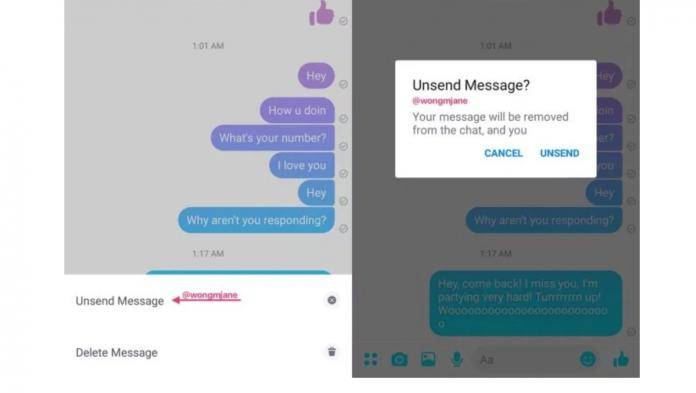
If like many of us you suspected that Facebook wasn’t really going to released an Unsend feature and that that news was just part of a PR strategy (more on that later), we can’t really blame us, can we? It’s been six months since they said they were working on it but we haven’t seen or heard anything about it since then. But apparently, they really were testing out prototypes and one of the more reliable tipsters for online news site Tech Crunch has posted screenshots of what may very well be the infamous Unsend button.
If you’re not familiar why the Unsend feature became infamous, six months ago, news broke that some of Mark Zuckerberg’s messages were deleted from recipients’ inboxes, which was of course a perceived violation of privacy and trust. Facebook said back then that they were actually working on this Unsend feature that will eventually be available for all users. Six months later, here we are, with what may possibly be the prototype for the feature.
While you can actually delete messages from your inbox right now, it will only be removed from your side and not on the side of the person you actually sent it to. But the Unsend feature may change all that as the name suggests it will let you retract messages that you’ve either mistakenly send or you just want to take back for some reason. What is not clear from the screenshot is if it will work like other similar features where you only have a short window before you can unsend it.

What’s also not yet clear is what safeguards Facebook will take to make sure that the feature will not be used to increase bullying on the platform, since people can just simply “delete” the evidence that they were sending abusive messages to someone. Used properly, it could be useful for some people but there is always room for nefarious elements to use this the wrong way.
We don’t know yet when they will start testing this out for a larger audience and when it will eventually start rolling out for users. For now, we just have the assurance that they are indeed working on it and that it wasn’t just a PR move for Facebook.
VIA: Tech Crunch









